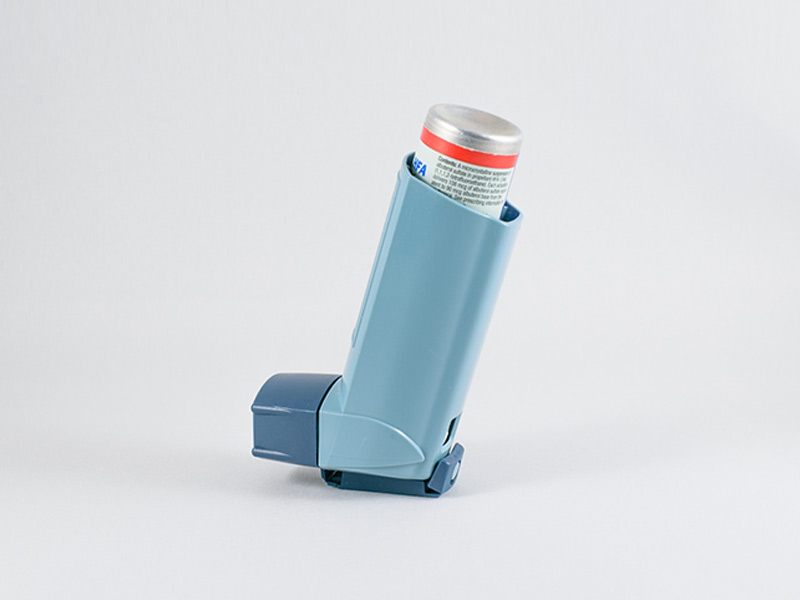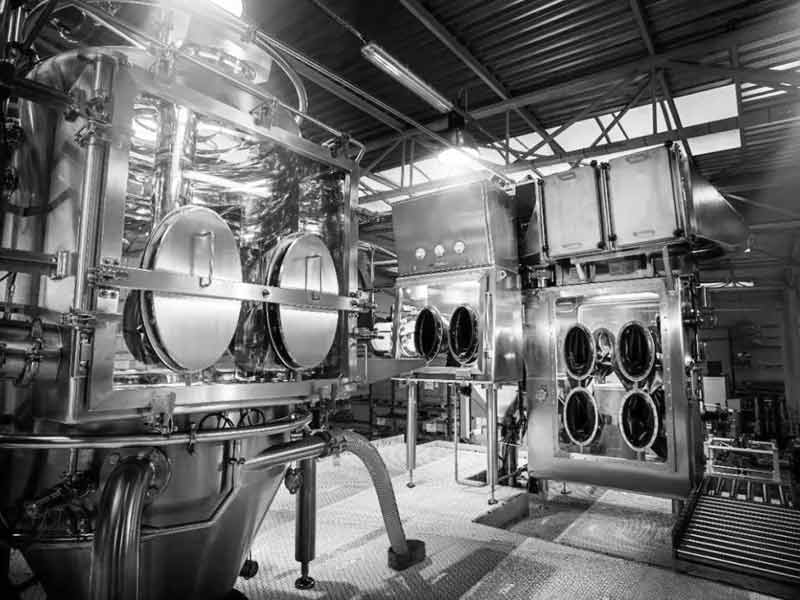In 2021, the United Nations Climate Change Conference (COP26) was held in Glasgow, UK. At the end of the conference, the World Health Organization released a report which estimated that 9 out of 10 people in the world are affected by severe air pollution and asthma.

Figure 1 – City Covered In Smog
Asthma, the most common chronic disease of childhood, is afflicting millions of people. According to incomplete statistics, about 65 million people in the world suffer from severe chronic obstructive pulmonary disease (COPD), and about 3 million people die of this disease every year, making it the third leading cause of death in the world.
01 China’s Current Situation
Chronic obstructive pulmonary disease (COPD) is also prevalent in China, with statistics showing that 8.6% of the adult population (nearly 100 million people) suffer from this chronic lung disease. In addition, the “Global Initiative for Asthma (GINA)” also pointed out that there are more than 50 million asthma patients in the world, of which more than 3 million patients are in China, and the data is increasing at an annual rate of 4%.
02 How To Treat Asthma?
Most asthma medications are commonly available in inhaled formulations. With an inhaler (or nebulizer), the drug works directly in the lungs. In addition, tablet, infusion or injection forms are also available.
There are 4 types of asthma inhalation devices available for administration: nebulizers, metered dose inhalers (MDIs), dry powder inhalers (DPIs), breath-actuated inhalers and soft mist inhalers (SMIs). In recent years, sales of dry powder inhalers (DPIs) have grown dramatically, both due to their unique advantages in the treatment of asthma and due to the wide variety of DPI devices that enhance various inhalable powder formulations.

03 DPI And Micropowder Technology
A study conducted by the Aerosol Association showed that the inhalation performance of dry powder inhalers (DPIs) is closely related to the critical quality attributes (CQAs) of active pharmaceutical ingredients (APIs). In aerodynamics, in order to reach the airway, the particles need to be reduced in diameter to the 1-5 μm range, which is also usually the target for micronized crystallization of APIs.
At present, the commonly used micronization technology in the industry is a jet mill, which can be micronized by high-pressure air or nitrogen. Among them, there are two very critical process parameters that can directly affect the final micropowder particle size of API, namely micropowder pressure and feeding speed. Today, how can these micronization parameters be directly controlled to achieve ideal DPI inhalation performance? The answer to this question is crucial for drugmakers.
04 Dec Solutions Designed For DPI Manufacturers
Given that it is difficult to achieve breakthrough performance by continuing to use conventional jet mills, Dec has worked closely with pharmaceutical partners around the world to develop a new generation of helical jet mills that can meet specific particle size distributions (PSD) . They obtained promising results by conducting hydrodynamic modeling to study the performance of the pulverizer under different operating parameters. The new patented fourth generation of the MC DecJet® series of spiral jet mills has been developed to micronize corticosteroids such as fluticasone while maintaining a very narrow PSD curve, typically measured at d50<2 µm. It is impeccable in the cumulative distribution and Scalability from lab R&D to large production scale, which is a full 50% improvement. This undoubtedly ensures that the active ingredient of the drug can be deposited deep into the small peripheral airways of the lungs; not only that, but the jet mill is also equipped with a replaceable low coefficient of friction lining in the chamber, which is the icing on the cake.
Pharmaceutical companies around the world are keen to develop improved therapies for lung and other diseases, which has led to a significant increase in the use of highly potent active pharmaceutical ingredients (HPAPIs). In chronic obstructive pulmonary disease, more potent drugs often have the potential to achieve similar or better results than other drugs at lower doses.
Pharmaceutical manufacturers typically use a control-band strategy-based approach to classifying HPAPIs, i.e. classifying the technical substance according to occupational exposure limits. Occupational Exposure Limits (OELs) are the upper limits of acceptable concentrations of active substances in the air in the workplace. Therefore, pharmaceutical manufacturers have extremely high requirements for micronization performance, as well as containment strategies and high dosing precision.

Figure 3 – Dec High-Enclosed Full-Scale Micropowder Device
Dec’s Micron Isolator can meet this need, providing a safe enclosure for the micron process, highly encapsulating these potently active and sterile compounds, and providing operator and product protection. The MC DecJet® Micronization and Containment range (from MC DecJet® 30 to MC DecJet® 500) is the culmination of Dec’s integration of years of experience accumulated by users and suppliers of micronization and containment technology. Dec can provide highly sophisticated integrated and fully hermetic solutions, from handling raw powder just entering the device to micronization and microdosing within isolators for perfect inhaler filling operations.
Years of experience and deep expertise have made Dec a world leader in micron technology and process containment technology, and is able to provide technical customer support for process development and optimization. Now, Dec has more than 100 sets of micropowder solution equipment in mainland China, of which at least 10 sets are used for DPI production. Dec’s high containment micronization solutions help improve the lives of asthma sufferers by directly controlling the parameters of the particle size reduction process to achieve ideal DPI inhalation performance.










